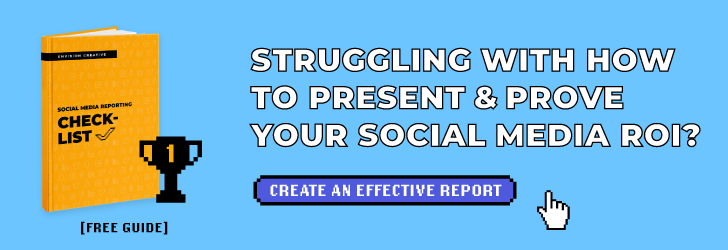The role of social media in marketing cannot be understated in any sense. In just over a decade, websites like Facebook and Twitter have gone from Silicon Valley startups to multi-billion dollar giants, and with such growth came a near-dominance of internet advertising. Social media ad buys annually figure in the multiple billions of dollars themselves, and this figure is sure to only increase as these companies figure out new ways to keep people coming back to their platform. Enter: your social media content strategy.
For the purposes of this blog, we’ll mainly be discussing best practices and ideas for overall social media content strategy.
Making the Most of Your Social Media Content Strategy
Although each social platform’s content will require different tactics, it’s important to develop a social content strategy with an overall goal in mind. Are you looking to increase sales, or just boost your website’s traffic a little bit? Does your business need to get more retargeting data for PPC campaigns, or is there a new product line you’re trying to promote? A social media campaign that has a specific goal will always perform better than a series of posts that have no direction.
For all intents and purposes, Facebook is the most popular social network in the world. With a user base of over 1 billion people, it’s fair to say that an audience for your business most definitely exists on Facebook. Generally speaking, the most successful Facebook content is typically one of the following:
- Emotionally evocative
- Informative
- Entertaining
It’s vital to remember that the majority of people go on Facebook to socialize, have fun, or be entertained. Thus, your company’s content should always be created to serve one (or more) of these needs.
Twitter functions as a kind of non-stop, continuous hybrid of a news feed and a forum. Many Twitter users see the site as both a source of news and a way to participate in discussions that matter to them. With this in mind, the most effective Twitter content tends to be tweets that eye-catching enough to make a user stop and look, but not so outlandish that they feel intruded upon or disturbed. Your tweets ultimately need to provide some kind of informational value to your customers before they’ll even consider giving them any kind of engagement.
Moving into the visual space, Instagram and Pinterest are particularly interesting platforms in terms of content strategy. As networks that survive and thrive based on visual content, Instagram and Pinterest are certainly the platforms where you should flex your company’s graphic design and photography muscles.
The best practices for each platform vary widely; content that does well on Facebook may not see as much success on Twitter, and vice versa. Experimentation and testing are critical aspects of finding the best content for a particular social platform.
Should I Include Snapchat in my Social Media Content Strategy?
Snapchat is still somewhat in its “wild west” phase, and the explosively popular disappearing-photo app is still trying to figure out its exact ad product. However, that’s not to say it’s exactly scrambling to get advertisers on board, having already secured massive ad buys from McDonald’s and Disney.
Snapchat still doesn’t have any kind of public-facing interface that allows you to see the results of posting content, which can make it difficult to evaluate the overall effectiveness of a post. That being said, the platform is one of the most popular social networks to arise in the past couple of years, and it’s safe to say that reporting tools are undoubtedly coming down the pipe at some point.
-FINAL(01-00)-White&Blue-01.svg)





